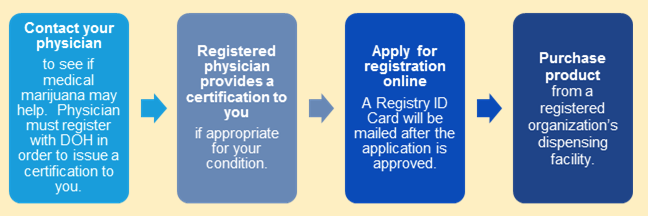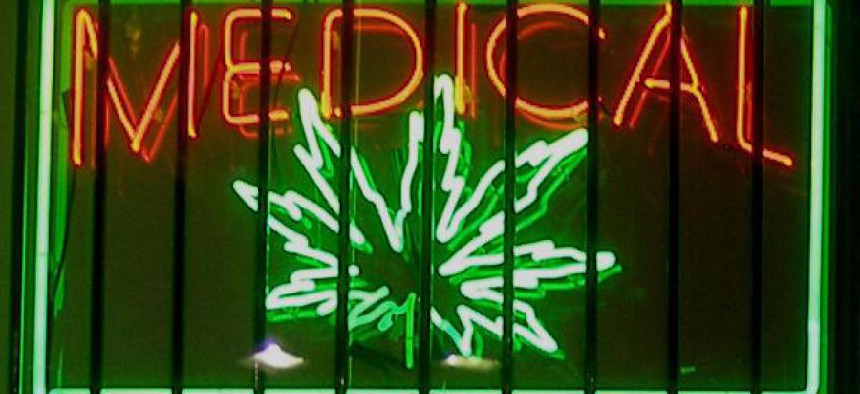This article was first published by The Public on December 23.
The hand-wrining and anxiety over New York State’s 18-month long process to deliver medical grade cannabis to patients who could use it appears to be over. Dispensaries in mutliple locations throughout the state, including Amherst’s Bloomfield Industries Patient Resource Center at 52 South Union Road and PharmaCann at 25 Northpointe Parkway, are set to open on Thursday, January 7.
But how you can receive medical cannabis is its own process. Here’s how:

1. Go to your doctor. If you or a loved one is unlucky enough to have one of the 10 conditions that New York State is allowing initially into the program, then you’re in luck. Here’s the list:
- Amyotrophic Lateral Sclerosis (ALS)
- Cancer
- Epilepsy
- HIV/AIDS
- Huntington’s Disease
- Inflammatory bowel disease
- Parkinson’s Disease
- Multiple Sclerosis
- Neuropathies
- Spinal cord damage
2. From there, both you and your doctor have some paperwork to do. Your physician must register with the state before they can even give you the certification you’ll need to do your own registration. Once you have that certification, you’ll need to head to my.ny.gov to create a user ID and then hopefully find the “Medical Marijuana Data Management System.”
3. Using the state website, you’ll use your issued certification to register for an ID card which will be mailed. There’s a $50 application fee (with waivers available for financial hardship).
4. Once the ID card comes in the mail, at long last you’re ready to head to one of the local dispensaries to receive the drugs. Remember that according to law, the dispensaries are not allowed to distribute the drug in plant form, so each one has their own patented formulation.
Also, patients can register up to two caregivers, who must also be registered with the state, and a patient’s registration expires whenever the prescribing physician’s certification does.
It’s been a long time coming, let’s hope the people who desire the drug receive the benefits they seek, each one of the listed conditions are life-altering.



